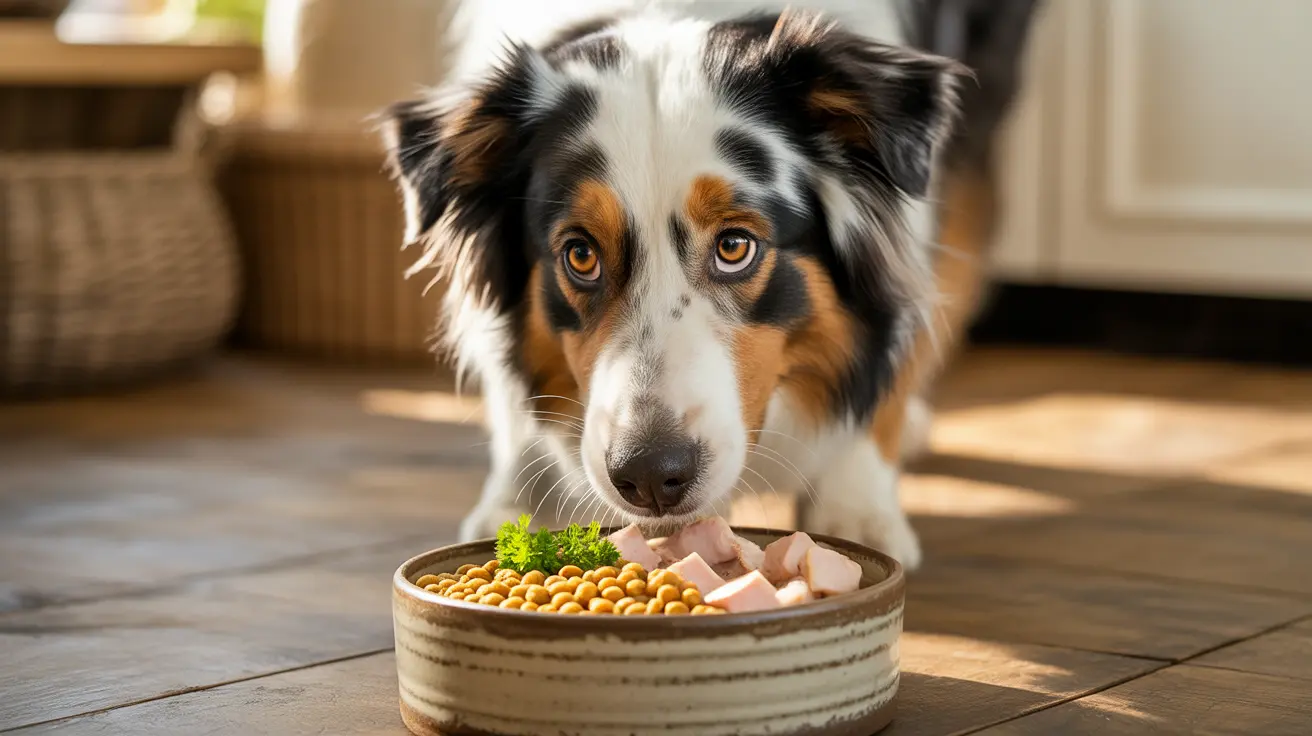Understanding the 7-7-7 Rule for Dogs and Male Behavior During a Female's Heat Cycle
The so-called
"7-7-7 rule" in dogs is often used as a simplified way for pet owners to understand the phases of a female dog's
estrus cycle and the behavioral responses these phases may trigger in male dogs. While not an exact scientific term, it breaks down as follows:
- 7 days of proestrus (preparation phase)
- 7 days of estrus (fertile/heat phase)
- 7 days of post-estrus or diestrus (cool-down phase)
Each of these stages can strongly affect how a male dog behaves when he detects the presence of a female in heat nearby. Let's dive deeper into how these phases work and what you can do to manage your male dog's behavior throughout.
1. What Happens During the Heat Cycle?
Female dogs typically go into heat twice a year, starting anywhere from six to twenty-four months of age, depending on their breed. The entire cycle lasts about 2 to 3 weeks, but behavioral effects in male dogs may extend longer.
- Proestrus: Characterized by swelling of genitals, bloody discharge, and male interest, though the female is not yet receptive.
- Estrus: This is the mating phase. The female is fertile and receptive, and pheromone levels surge.
- Diestrus: Hormone levels normalize, and the female is no longer receptive to mates.
2. Behavioral Signs in Male Dogs
Male dogs may react very strongly to these phases, particularly during estrus. Common behaviors include:
- Whining or howling
- Restlessness or pacing
- Loss of appetite
- Attempting to escape
- Increased marking and urination
- Over-grooming or distraction
- Aggressive behavior toward other males
These are not signs of poor training, but rather
instinct-driven responses to powerful scents and hormonal cues released by a female in heat.
3. How to Calm a Male Dog Around a Female in Heat
Helping your male dog cope during this time involves a multi-pronged approach that manages scent, proximity, and stimulation.
Key strategies include:
- Separation: The most effective strategy. Keep male and female dogs in separate rooms or, ideally, separate homes during the cycle.
- Masking the Scent: Bathe the female regularly, use pet-safe cleaners and possibly menthol rubs (with vet approval). Dog diapers also help reduce scent transmission.
- Exercise and Mental Stimulation: Long walks, puzzle toys, and games can redirect the male's energy and attention.
- Calming Techniques: Classical music, white noise machines, pheromone diffusers, thunder shirts, or natural calming supplements (after consulting your vet).
- Professional Help: If behaviors escalate to aggression or significant distress, consult a professional dog trainer or veterinarian.
4. Long-Term Solutions
Neutering remains the most effective long-term mitigation strategy. While some residual behaviors may persist, neutering significantly reduces a male’s drive to mate.
Other permanent considerations include:
- Secure fencing and locked gates to prevent escape during heat cycles.
- GPS collars as a backup layer of safety.
- Professional obedience training focused on impulse control and recall.
5. Monitoring Stress Levels
Be observant of excessive indicators of stress, including:
- Constant barking or whining
- Destructive chewing or digging behaviors
- Depression or withdrawal
Stress often escalates without adequate intervention, so maintaining
consistency, routine, and supervision is essential throughout the cycle.
Final Thoughts
While the
"7-7-7 rule" doesn’t appear in veterinary textbooks, it's a practical benchmark used by many dog owners to track and prepare for the unique challenges involved in canine heat cycles. Understanding and respecting these natural rhythms—and taking proactive steps to manage them—can lead to a much calmer household and healthier pets.
If you notice that your male dog is becoming especially agitated or unmanageable, don't hesitate to reach out to a vet. Customized advice based on breed, age, and temperament will ensure both dogs' well-being.





